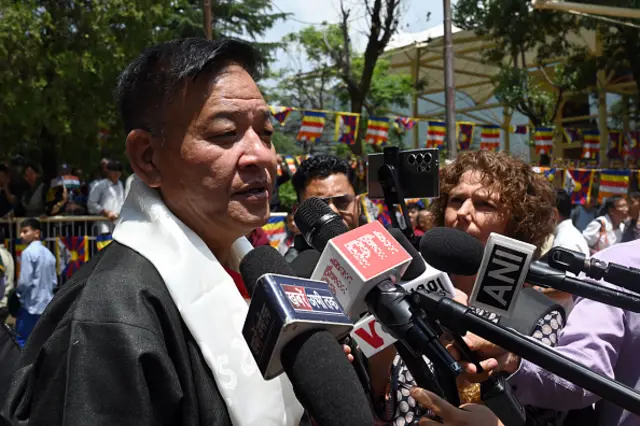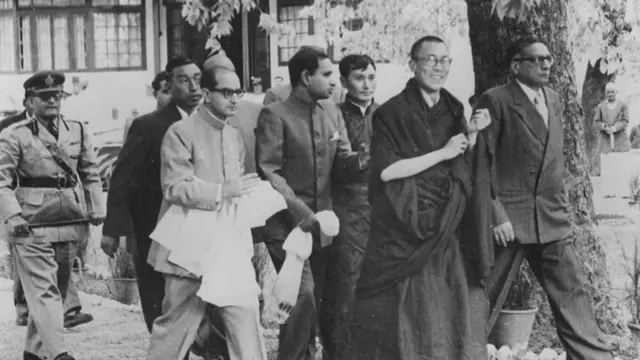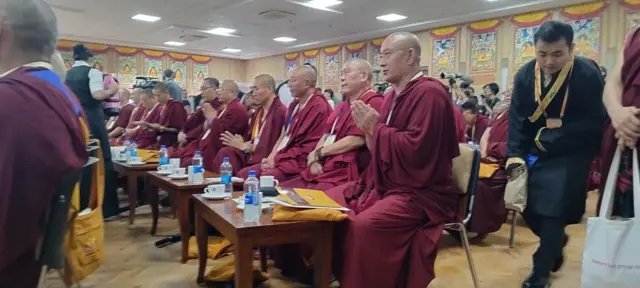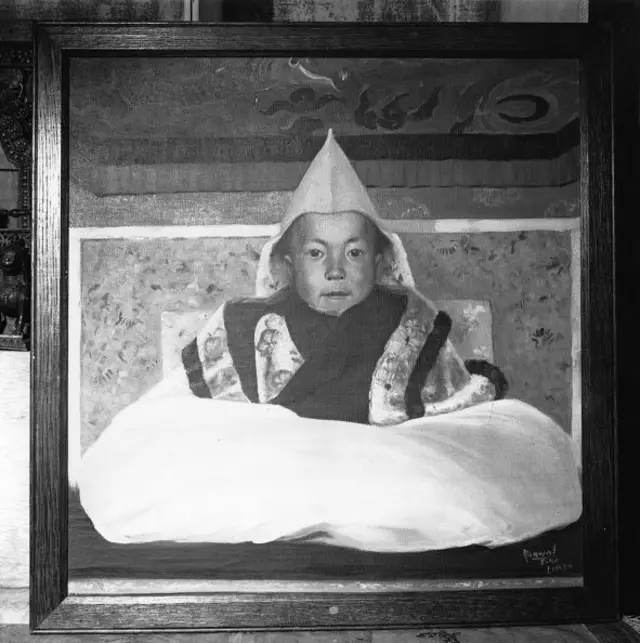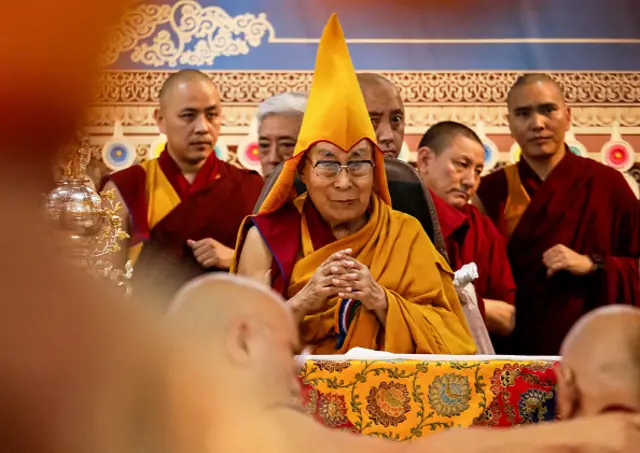If you're just joining us...published at 07:19 BST 2 July
Here's a recap...
- Earlier today, the Dalai Lama shared a video message confirming that the 600-year-old institution of Tibetan spiritual leader would continue after his death and that he will have a successor.
- He said only the Gaden Phodrang Trust, which he founded, had the authority to recognise his future reincarnation - "no-one else has any such authority to interfere"
- He made the long-awaited announcement in the northern Indian town of Dharamshala, where he lives in exile since 1959 when China annexed Tibet
- China regards the Dalai Lama as a separatist. It says it has the right to choose his successor
- Hundreds of followers have gathered in Dharamshala to celebrate the Dalai Lama's 90th birthday this week, they include some celebrity guests such as Hollywood star Richard Gere.
We are bringing you more updates.
